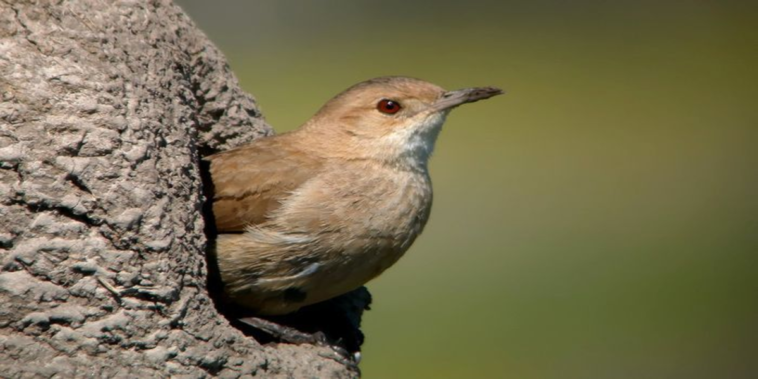Nature making architecture: the constructions of the Hornero bird
The rainy season passes and the Hornero bird (or “Albañil”) prepares to build its nest; the water has soaked the earth, giving it the material to begin its work.
Mud, straw, roots and other branches come together to form a mass of clay, which is sculpted by the Hornero and his mate to form a kind of thick oven, where the female will lay her eggs.
The structure built is so solid after drying and hardening that it can withstand adverse climates and remain in good condition for years, becoming her home for several seasons.
This bird acts like the best of architects; it responds to a specific need to build a fair, firm and durable structure, using available materials and even allowing it to be used later by other animals.
Isn’t this sustainable architecture? Nature makes architecture and seems to have a lot to teach (or remind) us.
The nest is erected collaboratively by the pair of Horneros, who look for thick tree branches or other firm supports to start joining the materials together. The mass is formed on the “ground” itself, to then build a base that will define the orientation of the structure.
From this base, the outer wall is built in a semicircle, forming a vault with a lateral opening.
Finally, the interior is divided by a secondary wall that defines the place where the female will lay her eggs (3 to 6 units), in its deepest and most sheltered part.
- Facebook Messenger

